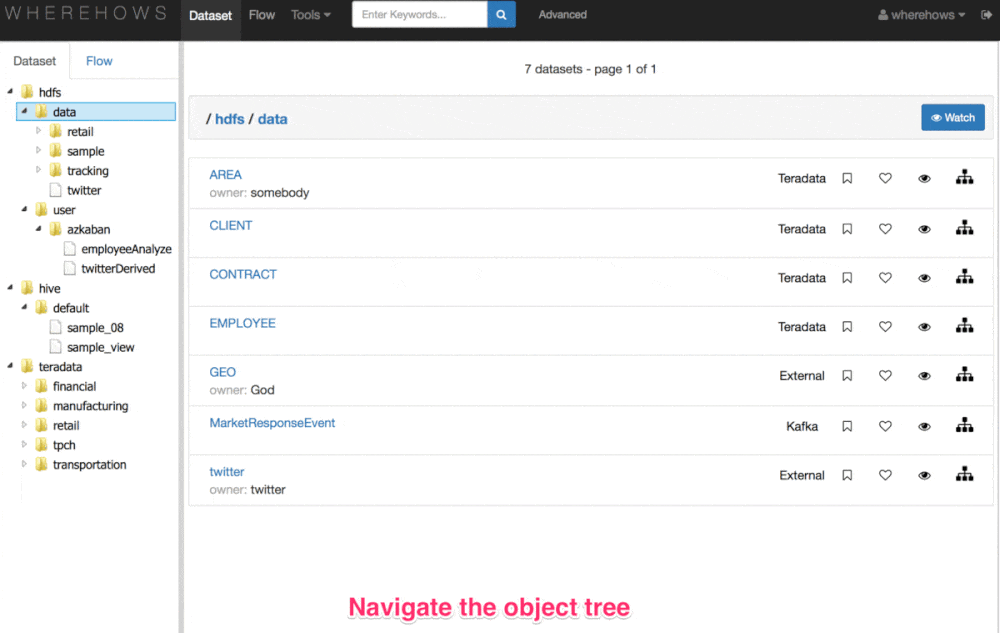This series of articles will review some of the most popular Linux distributions (distros) with an eye to everyday desktop use.
Linux has been growing in popularity as an alternative to Windows and macOS, especially for users that want privacy, security, and control over how their data is used. Linux is also unencumbered by Microsoft’s TPM requirements, making it a good option for hardware left behind by Windows 10 or Windows 11. The fact that Linux, and most of the software running on it, is entirely free is yet another bonus.
In my case, I’ve been transitioning to Linux after more than 20 years on macOS. During those two decades, I used macOS exclusively and even developed commercial software for it. My main drivers for the switch were:
- Wanting to have more control over my data rather than being at the mercy of Apple’s decisions.
- The ability to upgrade my hardware and extend its usable lifespan for a fraction of the cost of new Apple gear.
- A desire to use more open-source software rather than relying on closed-source options.
For the uninitiated, Linux differs from Windows and macOS in the sheer volume of choices it offers. Companies, organizations, and groups take the Linux kernel – or core of the OS – bundle it with a user interface and various applications, and release it as a distro. While it’s hard to say how many distros there are, with the number somewhere in the hundreds, popular website DistroWatch.com lists 100 of the most popular.
While it can (and sometimes is) confusing having so many different distros available, it’s important to remember that at their core, these various distros share similar functionality. The differences often come down to the package manager they use to install software, the user interface (desktop environments), their release cycle, and the suite of tools and packages installed that gives a distro a specific focus (think daily use, gaming, servers, security testing, etc.)
I began my migration to Linux at the beginning of 2022 and have distro-hopped across some of the most popular options on the market in an effort to find the one that provides ease of use, stability, reliability, and the software I need to do my job.
This series will explore my findings, dispel some popular myths (such as Linux being too hard for the average user), and may shed some light on what distro is right for you.
















